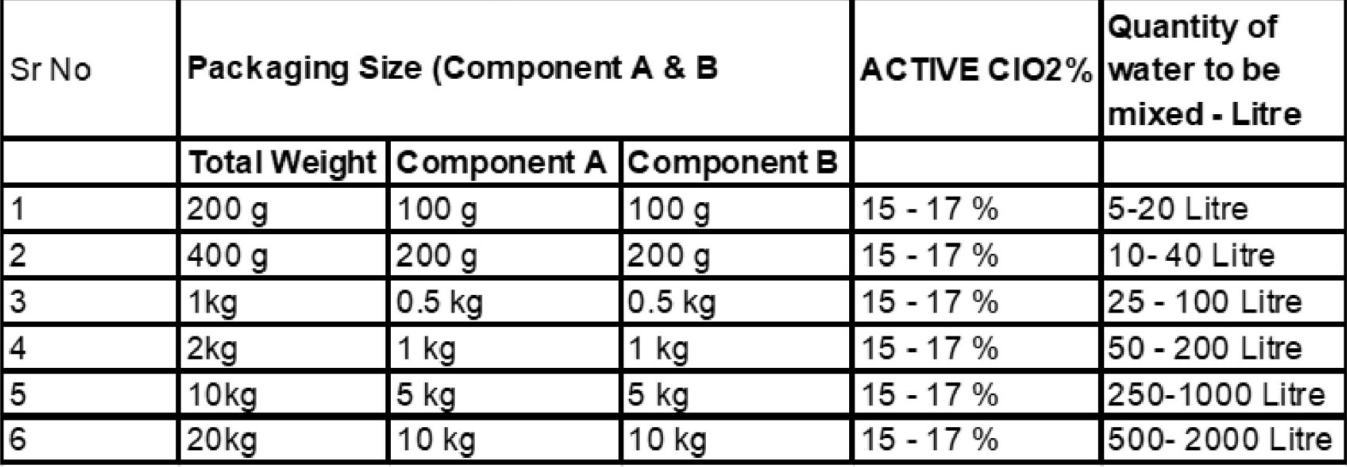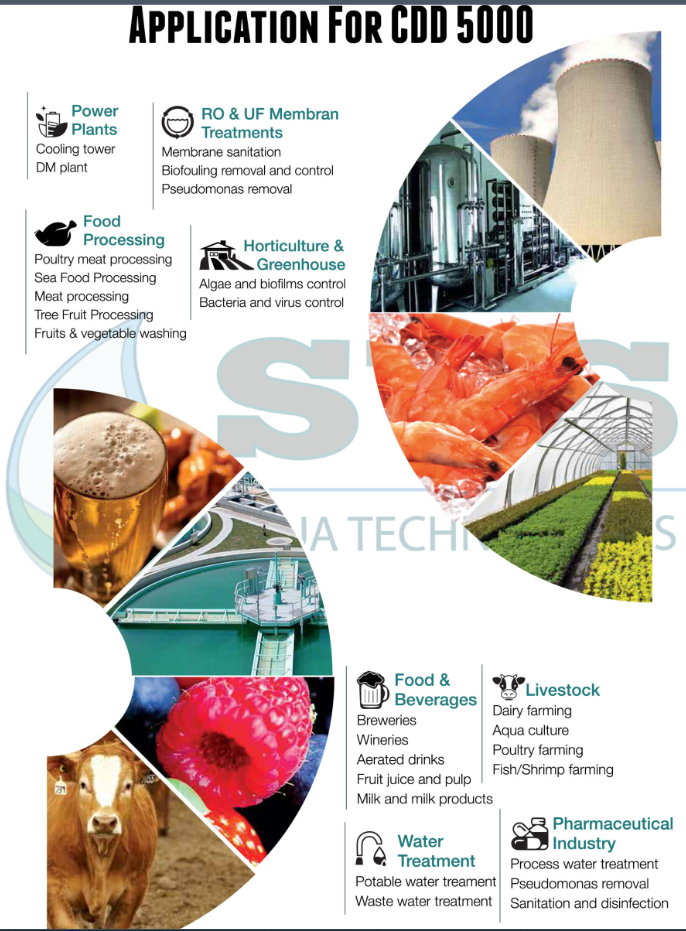
APF® - ALL POLY FLOX
UNIQUE benefits
- For sanitary security, APF® is required to optimise removal of bacteria, parasites such as Cryptosporidium, Giardia and Mycobacterial parasites (Candida, Aspergillus etc).
- Economic and environmental Improved filtration reduces oxidation demand by up to 80 %. It also means there will be fewer disinfection by-products formed. Operating costs will be lower and there will be less of an impact on the environment.
- For chlorine-free treatment in biological systems APF® is an important aid in chlorine-free water treatment of aquatic mammal LSS in combination with AFM® filtration.

METHODS OF PREPARATION
Step One
Filtration with AFM®
Step Two
Coagulation and Flocculation with APF® and ZPM®
Step Three
Catalytic Oxidation with AC
How to use APF®?
Optimising Chlorinated and Biological LSS
How to use APF®?
APF® should be dosed into the water at a constant very slow flow rate. 0.5 - 1ml. of APF® is injected per m3 of water circulated through the filters. Only peristaltic pumps such as the Dryden Aqua flocculation pump should be used. For best results, APF® should be injected directly via a Dryden Aqua ZPM® static mixer, located between the pumps and the AFM® filters. The pH should be neutral, alkalinity should be greater than 30ppm.
Dosage Monitoring and Control.
Once commissioned, dosage can be monitored by weekly Aluminium analyses using Al test reagents in a standard spectrophotometer. Drinking water guidelines allow a maximum Al concentration of 0.2 mg/l. Optimal APF® flocculation requires 0.05 - 0.1ml per m3 of filtration turnover.
Performance of APF®?
AFM® filter media provides nominal filtration down to 5µ (at 20m/hr filtration velocity). When APF® is used, nominal filtration of 0.1µ is reached, so parasites such as Vibrio, Cryptosporidians, Giardia and Mycobacteria (Candida, Aspergillus) are removed from the water. APF® also contains NoPhos to remove phosphates from the water. If there are no dissolved phosphates, then bacteria and algae simply cannot grow. The improved filtration performance offered by APF® not only makes LSS safer and healthier, it can reduce chemical oxidant demand by up to 80 % and help protect our environment.
What is Coagulation?
Coagulation; is the process of dragging chemicals out of solution to form colloidal suspensions of small particles. In order to make coagulation work, APF® must be mixed instantly and aggressively with the water, this is why we designed the ZPM®. If a ZPM® is not used, the coagulation stage is missed, organics will remain in solution and APF® jumps to flocculation.
What is Flocculation?
Flocculation; is the process of bringing colloidal suspensions of small particles (organic detritus, bacteria and parasites) together to form larger flocs that can be easily removed by AFM®. APF® imparts a positive charge to particles that are then attracted to the negatively charge surface of AFM®. Flocculation takes several minutes and the particle floc is very fragile, so the water must not be subjected to aggressive agitation




